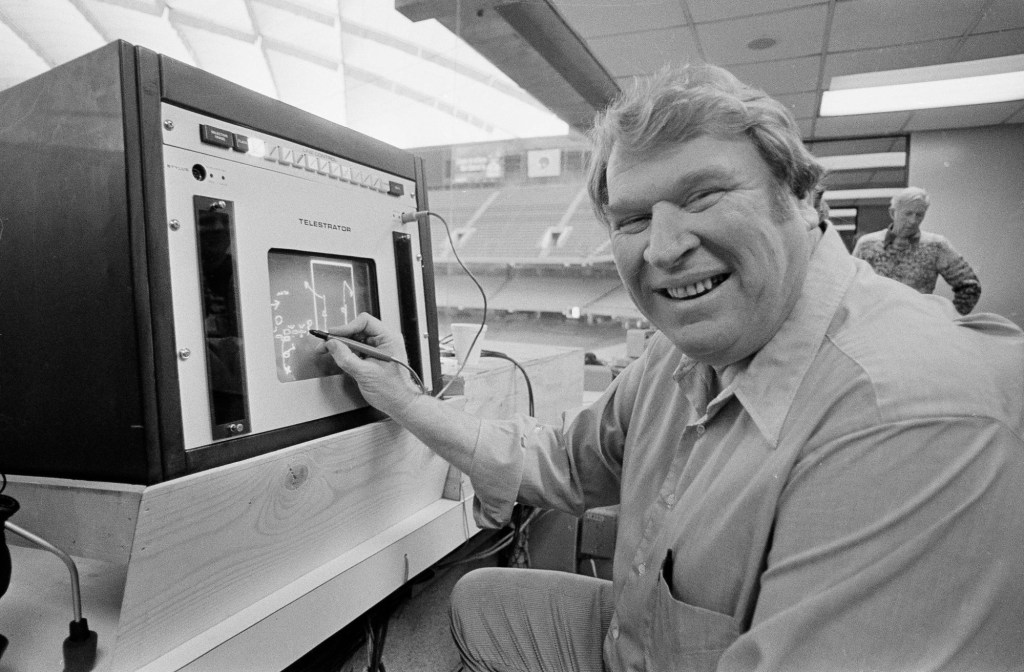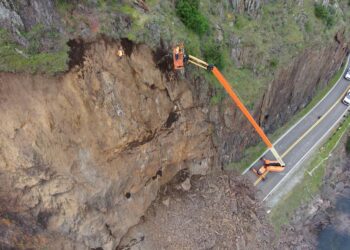LAS VEGAS — When Joe Montana floated a corner route to Freddie Solomon deep in Bengals territory on Jan. 24, 1982, he was trying to win the 49ers’ first Super Bowl, not make television history.
Yet one play later, after Montana scored against Cincinnati on a quarterback sneak, John Madden and the CBS crew introduced a new wrinkle that changed sports broadcasting forever. As the production team showed the replay of Solomon’s grab, Madden drew over a freeze-frame of the play, diagramming how Solomon sprung open.
It was the first time a sports broadcast had used a telestrator.
“Bad circles,” Madden quipped about his penmanship during Super Bowl XVI.
Fast forward 42 years. During the 49ers’ eighth Super Bowl appearance this Sunday in Las Vegas for the 58th edition, the broadcast will feature augmented reality, cameras inserted into the uprights, drones and more TV magic. But it all stems from the telestrator, which was invented by a NASA scientist and revolutionized how football games are seen and understood by fans watching at home.
“When John Madden first started using the telestrator, he fell in love with it,” said Dennis Deninger, a Syracuse University sport management professor and longtime ESPN production executive. “Madden’s description of (the telestrator) was that it helped make the fan smarter. You can just show the fans what it is you know as a coach and illustrate it for them.”
Madden was such a passionate educator that he once taught an extension course at the University of California, Berkeley, titled “Man To Man Football.” There he drew plays on a chalkboard for his students, just as he later did for America with the telestrator.
Deninger traced the history of football productions back to the first Super Bowl in 1967. The networks then treated the game as simply an “extension” of the regular season, he said. Production crews went from about seven or eight cameras to 11 and 12 for the main event.
Then Monday Night…
Read the full article here







